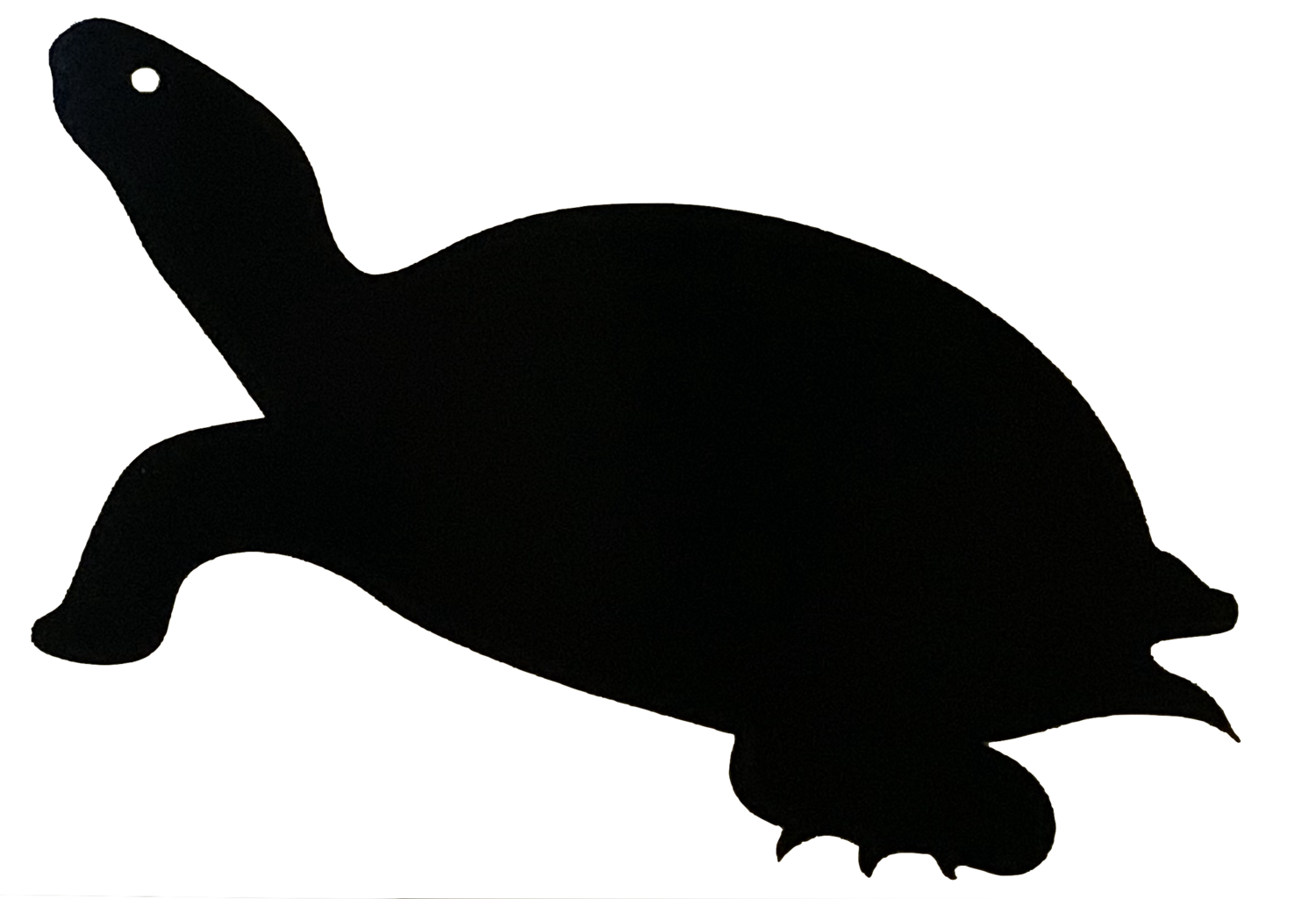Overwintering Snapping Turtle Hatchlings
If you’ve been following Turtles Kingston long enough you’ve likely seen us mention that Northern Map turtle hatchlings and Midland Painted turtle hatchlings commonly overwinter in the nest. These turtles commonly hatch but then do not emerge from their nest until the following spring.
Not only does this overwintering hatchling situation give us a lot of questions science hasn’t found the answer for yet, but it also makes it hard to exclude turtles from construction sites, or other areas where the ground is being disturbed. To truly ensure you are protecting our local species at risk, you must spend 2 seasons (i.e. 2 years) excluding turtles from the area - first excluding the mothers but allowing the hatchlings to leave, then excluding the mothers and hatchlings.
What we’ve recently learned is that our map turtles and painted turtles aren’t the only turtles that might overwinter in their nest after hatching. Snapping turtles have also been documented to overwinter in the nest in southwestern Ontario.
Snapping turtle hatchling recently emerged from the nest - you can tell they have recently emerged due to the dirt and dust caked onto them.
Why are we just learning this? Well, at Turtles Kingston we are in eastern Ontario and up until this most recent year (2023/2024 winter) we hadn’t come across overwintering snapping turtle hatchlings.
What factors might impact if snapping turtle hatchlings will overwinter in the nest? Well, we aren’t sure. What we have learned is more about how or why some of those overwintering snapping turtle nests may be able to survive and it comes down to temperatures.
If the conditions are right to keep the nests warm then snapping turtle hatchlings may be able to survive winter in the nest. Initially this made us think that climate change and warming winters might result in more snapping turtles surviving in the nest through the winter; however, the insulating properties of snow and the lack of a deep snow pack as a result of warming winters is also a factor that may work against hatchling survival.
Like many things about turtles we need more research. A study that did look at snapping turtle hatchlings overwintering was by Obbard and Brooks in 1981. This study found that over a 4 year period, 215 of 257 snapping turtle nests overwintered. However, only 1 nest of the 215 actually survived the winter and emerged in the spring. Some of the nests didn’t survive because of the winter conditions and others were predated (reiterating that predation can occur at any point during incubation).
Why do any turtles overwinter in the nest? It has been suggested that it might be an adaptation that helps turtles survive in the northern portion of their range. Why does this work better in some turtle species than others? Each of our Ontario turtles is different and we still have a lot to learn, but clearly something about our northern map and midland painted turtles gives them an advantage over common snapping turtles when it comes to surviving winter in their nests.
Did this blog post leave you with more questions than answers? Us too. We are still learning and looking into the research as we have time. If you know more about this please let us know - turtleskingston@gmail.com
References:
Obbard and Brooks. 1981. Fate of overwintered clutches of the common snapping turtle (Chelydra serpentina) in Algonquin Park, Ontario. Can. Field Nat. 95: 350 352.




